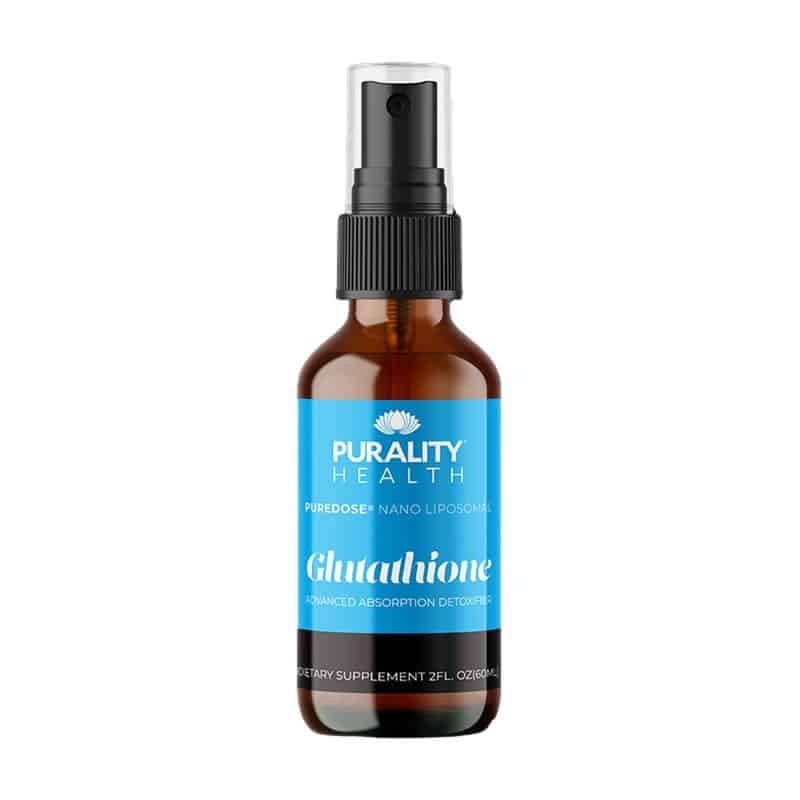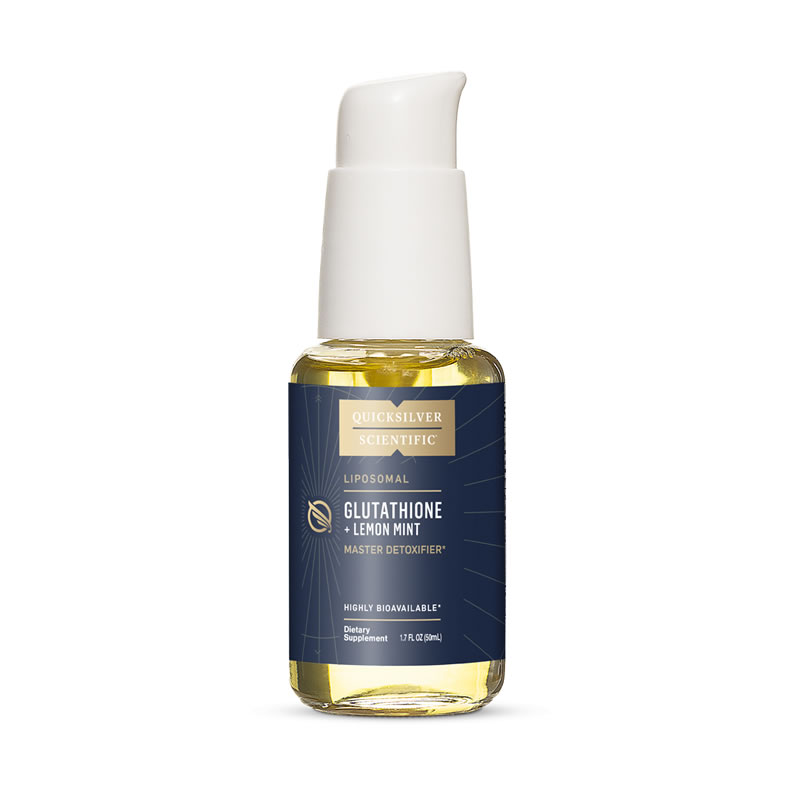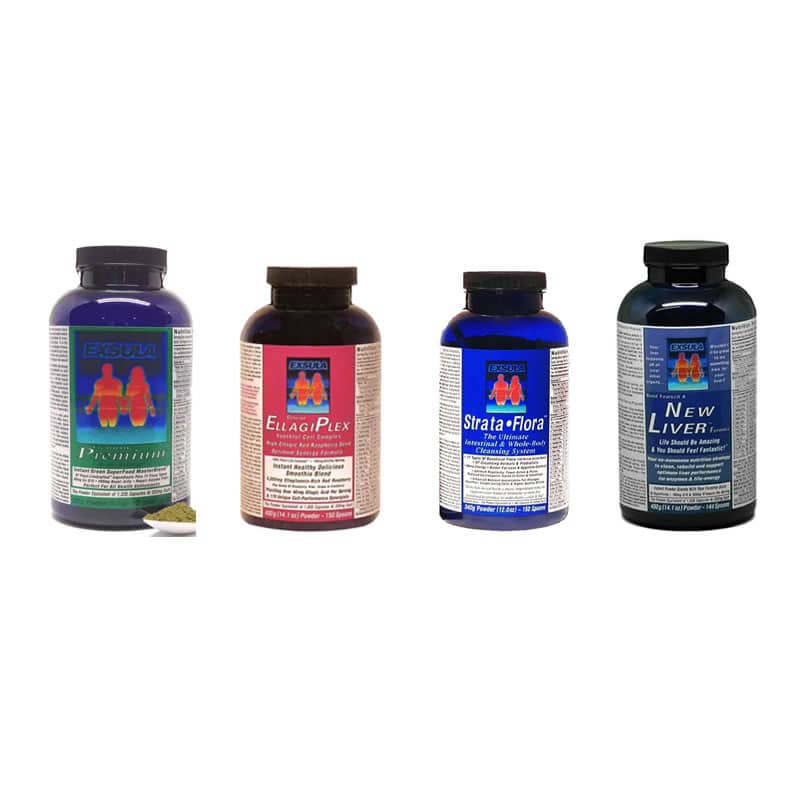No products in the cart.
Glutathione and Cancer
The effects of nutritional repletion of Glutathione (GSH) on immunologic function in malignancy.
Intracellular glutathione (GSH) is a requisite for normal lymphocyte activation as well as T cell and NK cytotoxicity (17). In various cancers, however, it has been suggested that the tumor co-opts GSH, resulting in elevated tumor cell GSH, depleted immune cell GSH, and compromised immunologic function (9, 12, 20-23). We examined T cell glutathione levels in patients with various malignancies and the effect of repletion of GSH with a patented nutritional preparation on immunologic numbers and function. Nine patients with various malignancies have been studied longitudinally using a patented test (IBT) to measure intra-lymphocyte GSH levels and a patented nutritional replacement formula. The malignancies examined include Breast (N=7), Prostate (N=2). No patient had received systemic chemotherapy before evaluation, but all were on hormonal therapy.
Parameters evaluated included: CD4, CD8 and NK function using flow cytometry; sIL2-R levels and HHV-6 IgG (ELISA); and T cell glutathione levels. The initial mean T cell GSH level was 292 96 ng/106cells (NL 515 165) (p< .05). After an average of 90 days replacement with patented nutritional preparation, the mean T cell GSH level was 755 101ng/106 cells (p=.005). The mean initial CD4 T cell number was 790 125, while post-therapy the mean CD4 number was 1054 217 (p=.03). In addition, HHV-6 reactivation (associated with immune compromise) had an initial mean of 18.2 2.2 and was 8.7 1.4 (p=.003) after patented nutritional preparation. Soluble IL-2R, an indicator of immune activity, had an initial mean of 625 118 U/ml, while post therapy it was increase at 1016 435 U/ml (NS). NK activity, however, remained statistically unchanged and in the low normal range even after treatment. These preliminary data suggest that depleted T cell GSH levels in patients with malignancies are associated with immunologic compromise and that T cell GSH levels and immunologic parameters are, at least in part, corrected with patented nutritional preparation.
Methods & Materials
Heparinized peripheral blood [PB] specimens, drawn in B-D Vacutainer CPT tubes were immediately placed in small portable ice baths and held in this state until PBMC Ficoll- Hypaque enrichment is performed. In most individuals with cancer, 10 to 12 ml of blood is adequate for this assay. Prior to the Ficoll-Hypaque enrichment, the B-D CPT Tubes were removed from the ice bath, placed on a rocker and brought to ambient room temperature. Ficoll Hypaque (FH) with specific gravity of 1.077 was employed using the underlay technique and a 30 minute centrifugation step at 400 x g at 20C in a temperature controlled centrifuge. Peripheral Blood Mononulear Cells (PBMC) collected at the interface were washed 1X with cold [4 C] D-PBS and vortexed. A 500ul aliquot was removed for quantitation and morphologic identification using he Bayer Technicon H3RTX automated hematology system. Specimens containing greater than 5% neutrophils were subjected to the FH step a second time which in all cases to date resolved a granulocyte contamination.
The cell volumes were established through the use of Size Calibration Standards [Flow Cytometry Standards Corp., San Juan, PR] by plotting the relative channel number [linear or leg] of the peak maximum against the appropriate size value of the micro bead standards and assigning each channel of the Y [volume] axis on the H3RTX a fL value. PBMC samples were standardized at 5 x 106 cells/ml, 200ul were removed and treated with meta-phosphoric acid [MPA] to form a cryoprecipitate and were then held at -80 C for batch assay. In those instances wherein extreme lymphocytopenia occurred, the PBMCs collected were diluted in a lesser total volume to equal a final concentration of 5 x 106 cells/ml. The sensitivity of the assay is such that the cell concentration can be lowered to 2.5 x106 cells if necessary.
Immediately prior to analysis, the sample MPA extracts were diluted 1:20 with assay buffer [100 mmol/L Na2PO4 and 5 mmol EDTA adjusted to pH 7.5 with 1 M [NaOH]. 50ul of the MPA extract from each patient was assayed in duplicate in a 96 well microtiter plate [flat-bottomed]. Calibrators and controls are also run in duplicate. 50 pi of 1.26 mmol DTNB [5,5′-dithiobis-(2-nitro-benzoic acid)] is added to each well followed by 50ul of glutathione oxioreductase solution and the plate was allowed to stand for a minimum of 5 minutes at 22 C. The reaction is initiated by the addition of 50ul of NADPH solution to each well. Within the next 30-120 seconds after addition of NADPH the plate is transferred to the reader [Bio-Tek EL808]. The plate is read at 2 minute intervals for a total of 6 minutes at 410 nm. The samples are compared to the calibration curve, duplicate results averaged and reported. CVs on duplicate assays should be in the range of 1-5.2% [mean 3.9%] for the assay. Specimens with CVs greater than 10% are repeated.
Glutathione is important in the defense against oxidative stress and plays a key role in the maintenance of cellular thiol redux status (3, 7). Because it is conjugated to many xenobiotics and is essential for the optimal functioning of numerous enzymes, it is critical for cellular viability in general and lymphocyte function in particular (13, 15). The longitudinal studies we have performed have documented the efficacy of GSH supplementation using the patented nutritional preparation, which promotes GI absorption and an increase in intracellular glutathione in liver and lymphoid cells, in those individuals (both normal and immunologically compromised) with low GSH values. The patented, micro-titer based assay (IBT Clinical Laboratories), which allows batching for optimal efficiency, is actually relatively quick procedure that delivers results that are sensitive enough to detect even modest changes in GSH levels (11). Evaluation of the efficacy of GSH supplementation using patented nutritional preparation in patients with breast, prostate, head, neck and lung cancer and direct measurement of the lymphocyte GSH levels before and after treatment reveals a significant improvement in immune function. The question related to the effect of improving intracellular GSH on disease activity and/or tolerance of chemotherapy is being investigated.
| To order at wholesale price, with free shipping, become a Preferred customer directly at Max International |
Glutathione represents the most prevalent intracellular thiol tripeptide and is considered one of the most important antioxidant compounds found in human physiology (3, 7). In tumor biology, however, it represents a Damocletian sword as multiple tumor cell types (breast, prostate, ovarian, head, neck and lung) have demonstrated elevated GSH concentrations compared to normal tissues (9, 20-23). This paradox can be explained by elevated levels of glutathione transferase (GST) in many tumor cell types (4, 5, 8, 25). Research has demonstrated that this may limit the effectiveness of chemotherapy (1, 2, 5, 6, 9, 14).
On the other hand, it has been demonstrated similarly that normal tissues (liver, RBC’s) have reduced levels of GSH in patients with cancer and this decrease limits chemo-therapeutic doses due to associated toxicities (19, 24). In addition, decreased tissue GSH reduces the effectiveness of the second and third course of neoadjuvant chemotherapy in patients with head, neck or lung cancer and potentiates tumor growth by decreasing NK activity in an animal model of breast cancer (10, 12, 16).
Previously, interventional studies have employed predominantly glutamine and/or N-acetyl cysteine for GSH supplementation and measured the changes in serum or RBC’s or in the change in NK activity (10, 12). Again, using these techniques, it has been shown that the tumoricidal effect of neoadjuvant chemotherapy in head, neck or lung cancer is reduced in patients who demonstrate decreased RBC GSH after each of the three courses (16). We have developed a novel, patented technology to directly measure GSH levels in nucleated cells including specific lymphocyte subpopulations and have demonstrated decreased levels in patients with breast cancer post-chemotherapy. In addition, we have developed a patented product that replenishes glutathione by improving absorption and liver function, as well as providing glutamine and NAC to promote intracellular GSH production. Data in Hemophiliacs co-infected with HIV and HCV has demonstrated the efficacy of the product (18).
| Before GSH Nutritional Formula |
After GSH Nutritional Formula |
p= | |
| T Cell GSH (ng/ 1X10(6) |
292 (+/- 96) |
755 (+/- 101) |
<.05 |
| CD4 (Abs. #) (1X10/ul) |
790 (+/- 125) |
1054 (+/- 217) |
=.03 |
| HHV-6 | 18.2 (+/- 2.2) |
8.7 (+/- 1.4) |
=.003 |
| sIL-2R (U/ml) |
625 (+/- 118) |
1016 (+/- 435) |
– |
Glutathione Levels Before and After Treatment with Patented Nutritional
Glutathione (ng/1 X 106 mononuclear cells)
Conclusion
The results of these studies indicate that there is a consistent increase in intracellular, PBMC Glutathione (GSH) levels following supplementation with patented nutritional replacement formula, and that, it part, the addition of this nutritional support improves immune function in individuals with various malignancies and tumors. We believe these findings warrant further examination of GSH supplementation using patented nutritional replacement formula in an expanded observational study of patients with breast, prostate, head, neck and lung cancer (with or without neoadjuvant chemotherapy) to further understand the complex relationship between GSH, immune function and disease. We also realize, in reviewing the data, the importance of longitudinal assessment using accurate, specific and efficient assays to monitor disease activity from a clinical perspective.
Works Cited
- Blair et al. 1997. Glutathione metabolism in patients with non-small cell lung cancers. Cancer Res. 57(1):152-5.
- Bohm et al. 1990. Efficacy and safety of high dose cisplatin and cyclophosphamide with glutathione protection in the treatment of bulky advanced epithelial ovarian cancer. Cancer Chemother Pharmacol. 25(5):355-60
- Bray, TM., Taylor, CG. 1993. Tissue glutathione, nutrition, and oxidative stress. Can J Physiol Pharmacol. 71(9):746-51.
- Clapper et al. 1991. Contribution of patient history to the glutathione S-transferase activity of human lung, breast and colon tissue. Carcinogenesis. 12(10):1987-61
- Cullen et al. 2003. Glutathione S-transferase pi amplification is associated with cisplatin resistance in head and neck squamous cell carcinoma and primary tumors. Cancer Res. 63(23):8097-102
- Diedrich et al. 2006. Expression of glutathione S-transferase T1 (GSTT1) in human brain tumours. Histol Histopathol. 21(11):1199-207.
- Gerard-Monnier, D., Chaudiere, J. 1996. Metabolism and antioxidant function of glutathione. Pathol Biol (Paris) 44(1):77-85.
- Geylan-Su et al. 2006. Comparison of NAT1, NAT2 and GSTT2-2 activities in normal and neoplastic human breast tissues. Neoplasma. 53(1):73-8.
- Joncourt et al. 1998. Multiple drug resistance parameter expression in ovarian cancer. Gynecol Oncol. 70(2):176-82
- Kaufmann, Y. et al. 2003. Effect if glutamine on the initiation and promotion phases of DMBA-induced mammary tumor development. JPEN J Parenter Enteral Nutr. 27(6):411-8
- Keller et al. US Patent 6 262 019, 2001. Method of treatment of glutathione deficient mammals
- Klimberg et al. 1996. Glutamine suppresses PGE2 synthesis and breast cancer growth. J Surg Res. 63(1):293-7.
- Kondo, T., Iida, T. 1997. [gamma-CGS and glutathione-new molecular targets in cancer treatment] Gan To Kagaku Ryoho. 24(15):2219-25
- Locatelli et al. 1993. A phase II study of combination chemotherapy in advanced ovarian carcinoma with cisplatin and cyclophosphamide plus reduced glutathione as potential protective agent against cisplatin toxicity. Tumori. 79(1):37-9
- Lundgren, B.,DePierre, JW. 1990. The metabolism of xenobiotics and its relationship to toxicity/genotoxicity: studies with human lymphocytes. Acta Physiol Scand Suppl. 592:49-59.
- Massaad-Massade et al. 1998. Red blood cell glutathione levels before and during treatment with neoadjuvant chemotherapy cisplatin/5-fluoruracil in patients with head and neck squamous cell carcinoma. Anticancer Res. 18(1A):283-8
- Multhoff et al. 1995. Differential effects of ifosfamide on the capacity of cytotoxic T lymphocytes and natural killer cells to lyse their target cells correlate with intracellular glutathione levels. Blood. 85(8):2124-31
- Patrick, C.W., DeLeon, M., A. Leon, and Keller, R.H.: Measurement of Glutathione (GSH) as Indicator of Immune Status. Conference on Clinical Laboratory Testing in HIV, Atlanta, GA 1998.
- Rouse et al. 1995. Glutamine enhances selectivity of chemotherapy through changes in glutathione metabolism. Ann Surg. 221(4):420-6.
- Russo et al. 1986. Selective modulation of glutathione levels in human normal versus tumor cells and subsequent differential response to chemotherapy drugs. Cancer Res. 46(6):2845-8
- Singh et al. 1988. Glutathione S-transferase isoenzymes in human lung tumors. Carcinogenesis. 9(9):1684-5
22. Singhal, RL., Vijayvargiya, R. 1983. Studies on glutathione metabolism in ventral prostate and chemically induced prostatic carcinoma in rats. Biosci Rep. 3(3):241-53.
23. Todorova et al. 2004. Effect of dietary glutamine on tumor glutathione levels and apoptosis-related proteins in DMBA-induced breast cancer of rats. Breast Cancer Res Treat. 88(3):247-56
24. Wang et al. 1996. Modulation of glutathione by a cysteine pro-drug enhances in vivo tumor response. J Pharmacol Exp Ther. 276(3):1169- 73
25. Yu, DS., Hsieh, DS., Chang, SY. 2006. Increasing expression of GST-pi, MIF, and ID1 genes in chemoresistant prostate cancer cells. Arch Androl. 51(4):275-81.







